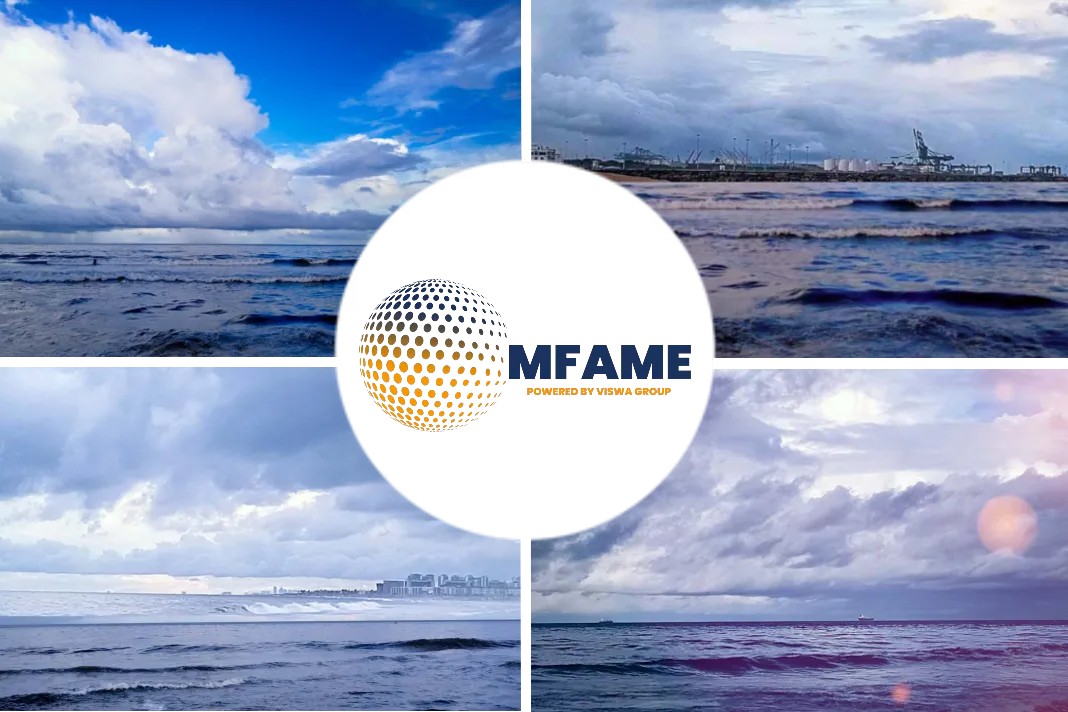The study, ‘Navigating Decarbonisation’, outlines an approach to evaluating risk through a case study of investments in the new build dry-bulk fleet in the size range 60,000-99,999dwt. The approach forecasts global fleet evolution and estimates the ability of a vessel to remain competitive in light of evolving fleet energy efficiency, regulatory requirements, and macro-economic factors.
Increase in restrictive carbon requirements:
Shipping faces increasingly restrictive carbon requirements, including a tightening Energy Efficient Design Index and further as yet undetermined IMO measures, to be decided by 2023. In this future, the authors note that “vessels must be designed for flexibility and ease of modification so they can deliver acceptable cash flow, maintain value, and maintain liquidity both before and after the implementation of GHG policies”.
The study’s analysis found that for the size of bulk carrier considered, an incremental deployment of energy efficiency technology is likely to include the introduction of hull and propulsion improvements, machinery efficiency improvements, energy recovery devices and renewable propulsion. Conventional machinery and fuel types are the most likely choices, allied to either sulphur scrubbers or a 0.5% sulphur content fuel in response to the 2020 fuel sulphur limit.
“Whilst low carbon fuels may be necessary for the timescales modelled in this report [to 2050] to enable international shipping’s low carbon transition, under current technology costs these were not economically viable under the carbon price scenarios considered,” the authors wrote.
Comparison of long and short-term investment scenarios:
The study investigated a variety of long and short-term investment scenarios, with internal rates of return (IRR) calculated over seven and three years respectively. Long-term perspectives resulted in ships with higher technical specifications that operate at relatively higher speeds over time, as older or less advanced ships need to slow down or be retrofitted to meet carbon targets or pricing. This translates into lower operational costs and higher productivity and charter rates for vessels planned with long-term perspectives.
“Long-term scenarios typically generate higher profits for the ship owner over the ship’s lifetime,” the study reports, “except in the case where low freight rates coincide with a low carbon price. These ships generally have higher IRRs and may, therefore, be considered more resilient to climate change-related risks.”
The authors were keen to stress that investment scenarios must be determined according to each ship owner’s requirements. “We are not necessarily advocating the immediate increase of capex on more highly-specified newbuilds and retrofits of existing ships. We are advocating for enhancing due diligence to ensure that decarbonisation is both successful and profitable.”
The absence of future policy:
The report also notes that, despite the value of assets involved, the shipping industry does not always consider foreseeable policy scenarios when planning fleet developments. The authors conclude: “Practical first steps would be for ship owners to enrich existing impairment and sensitivity analyses with carbon stress tests on the assets and markets where their exposure is highest, and to engage with investors to ensure that they have robust climate strategies which will deliver long-term value to shareholders.”
Did you subscribe for our daily newsletter?
It’s Free! Click here to Subscribe!
Source: Rocky Mountain Institute






















